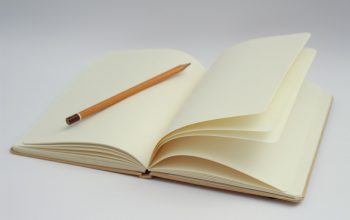Research Paper Paragraph Structure
Paragraphs can be of varying lengths, but they must present a coherent argument unified under a single topic. Paragraphs are hardly ever longer than one page, double-spaced and usually are much shorter. Lengthy paragraphs usually indicate a lack of structure. Identify the main ideas in the paragraph to see if they make more sense as separate topics in separate paragraphs. Shorter paragraphs usually indicate a lack of substance; you don’t have enough evidence or analysis to prove your point. Develop your idea or integrate the idea into another paragraph.
The structure of a paragraph parallels the structure of an essay in order as well as content. Both contain a coherent argument, supporting evidence/analysis, and a conclusion. Specifically, the contents of a paragraph are as follows:
The Topic Sentence serves two functions: first, it functions as the thesis of your paragraph; second, it pushes the thesis of your essay forward and presents an arguable point. The topic sentence is usually the first or second sentence of a paragraph. Occasionally, you may find it interesting or necessary to place the topic sentence at the end of the paragraph, but don’t make a habit of it!
Supporting Evidence/Analysis makes your claim digestible. You need to find a balance between evidence you provide (facts, quotations, summary of events/plot, etc.) and analysis (interpretation of evidence). If your paragraph is evidence-heavy, you haven’t presented an argument; if it is analysis-heavy, you haven’t adequately supported your claim.
The Concluding Observation closes your paragraph with an observation that is more than just summary of the contents of the paragraph. The concluding observation provides a final idea that leads to the next step in your argument. The observation is usually the last or second-to -last sentence in the paragraph.
Works Cited
Strunk, William, and E.B. White. The Elements of Style, fourth edition. Boston: Allyn and Bacon, 2000. Topic SentenceSupporting Analysis and Evidence Concluding Observation



